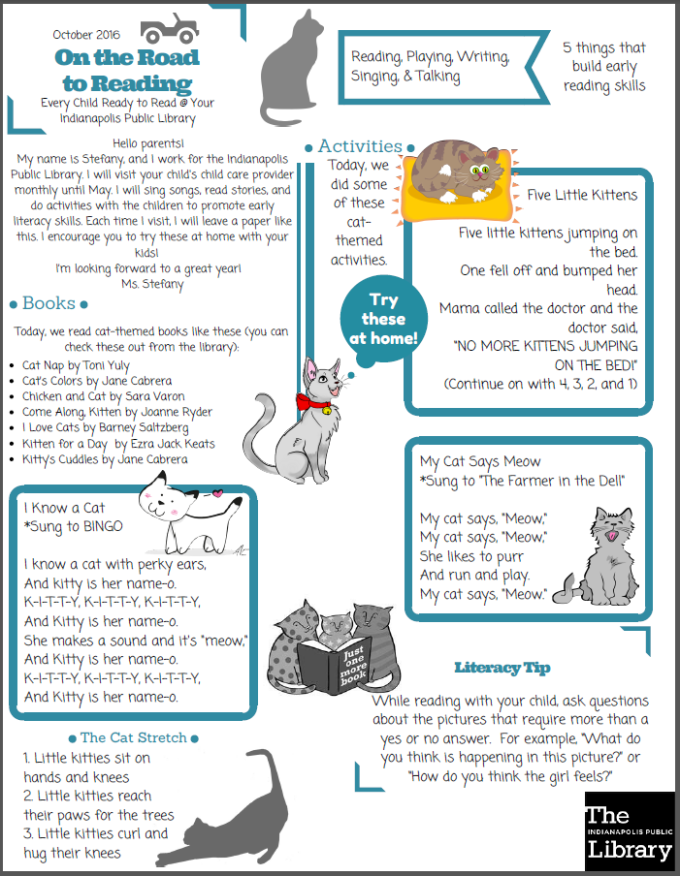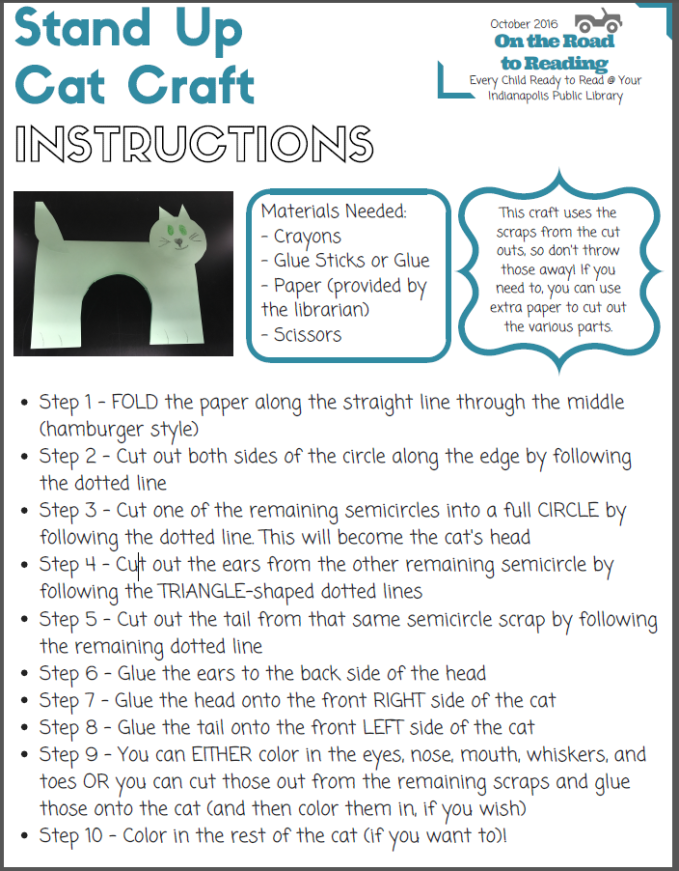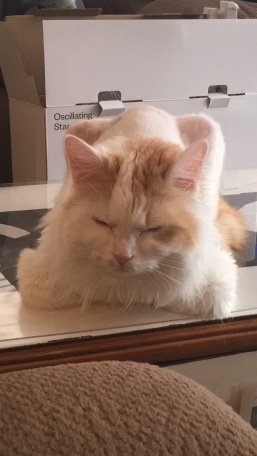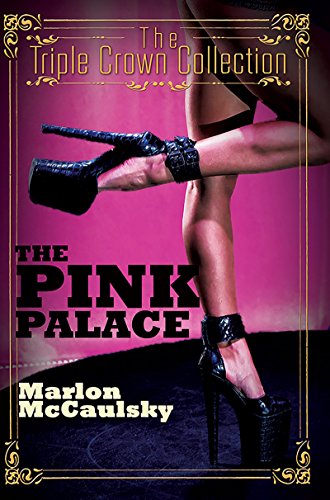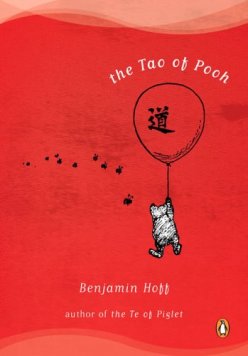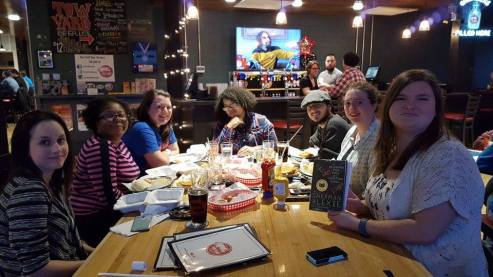Greetings Earthkind!
As part of this class, we are required to publish a weekly response to a prompt given by our professor. This is my eighth prompt response!
Prompt
Consider yourself part of the collection management committee of your local library, or a library at which you would like to work. You must decide whether or not to separate GBLTQ fiction and African American Fiction from the general collection to its own special place. Some patrons have requested this, yet many staff are uncomfortable with the idea – saying it promotes segregation and disrupts serendipitous discovery of an author who might be different from the reader. Do you separate them? Do you separate one and not the other? Why or why not? You must provide at least 3 reasons for or against your decision. Feel free to use outside sources – this is a weighty question that is answered differently in a lot of different libraries.
Response
Background
Before I answer this prompt with my ideas, I’ll share what my library does, though I don’t know how they came to their decision (I was not a part of this decision, but I feel it probably influenced my thoughts on this).
I work in a neighborhood where a large majority of our patrons are not white. We have a (relatively small, in my opinion) section of Urban Fiction that is placed at the beginning of our literary fiction section.
All of our adult fiction wraps the back walls of our library. This is the order:
- Mystery
- Non-English
- Large Type
- Urban
- All other fiction
- Science Fiction (recently separated)
Frequently, I’m asked where our Urban books are, and it’s helpful to be able to point patrons to our shelves. Even though we have it separated, there are times where Urbans end up shelved in with the other fiction, so I always recommend taking a look at the regular shelves, too.
In addition to this, our Urban shelf doesn’t just include the labelled books; it includes our unprocessed paperbacks that fall in the Urban genre.
However, we don’t separate within Urban between Urban Christian and others.
My library doesn’t separate LGBTQ+ books.
My Response
Okay, so now that’s out of the way, here’s my thoughts.
There are several things to consider:
- What is a genre?
- What separates a genre from one thing or the other?
- Do I have the space to separate genres out anyway?
- Would it help patrons find things easier or would it confuse them?
- Am I separating a genre because I want it to be separated or because the patrons want it or assume it to be separated?
- Or, am I separating it just for the sake of separating it?
When I completed the secret shopper assignment, I had a difficult time finding what I was looking for because the science fiction and fantasy genres were separated from the rest of the fiction, but they were mixed together.
I can definitely see the value in separating out genres to allow an easier time for patrons looking for something within that genre.
My choice to separate would be based on three things:
- Patron need
- Volume of the collection that would be separated
- Space
- Where would the new section go?
Before I would do any re-shelving, I would want to do a survey. I would ask all of our staff members to write down a tally of every time they were asked for a specific genre (Mystery, Science Fiction, LGBTQ+, Urban, African American, etc.). However, I am aware that this won’t be 100% accurate of what our patrons want. Many patrons may not feel comfortable asking for a particular genre, but this still would give us an idea of what our patrons are looking for.
I might also have a submission box that would ask what genres would a patron like to see separated (no names of patrons would be asked, and it wouldn’t be placed on the desk of a staff member).
I would evaluate how many items from each particular genre I have and whether or not I have enough to warrant a separate space for it. If I didn’t have enough to warrant a full space to it, a list of authors or an annotated book list might prove more helpful. Also, would I choose to include audiobooks or movies in this genre separation?
If there was patron need and if I had enough copies, where would I shelve the items? Because some patrons might be proud they read from a genre and others might be scared to show they like a genre, placement would be important.
Reasons why I would not separate:
- No demand
- Not enough materials on hand
- If where the collection would end up might dissuade readers from browsing openly (i.e. if patrons are uncomfortable admitting they read in a particular genre, they wouldn’t want to browse a shelf that had a giant sign proclaiming the genre above it)
- The race of the author is the same. Genre ≠ Race of the Author.
- Maybe there could be a display for, say, Black History Month highlighting Black authors, but overall, I wouldn’t advocate for shelving books separately based on the race of the author. Again, maybe a list of authors from a particular race would be helpful, but that list might be broken down into genres.
- See Lynn Spencer’s article: “Why Do Stores Still Practice Segregation?“
- Additionally, I wouldn’t separate out books by LGBTQ+ authors unless they wrote in that genre.
This is a really complicated question, and my viewpoint on what to separate is based on where I am and what the patrons want. If the patrons want an easy way to find a certain genre, I will do what I can to give it to them. I don’t think I would separate genres unless there was a need to. I wouldn’t separate for the sake of separating.
I do think I need more time to think about this, but this is how I feel at this time.
I would recommend reading:
Thank you for taking the time to read this response, and until next time, Happy Reading!
